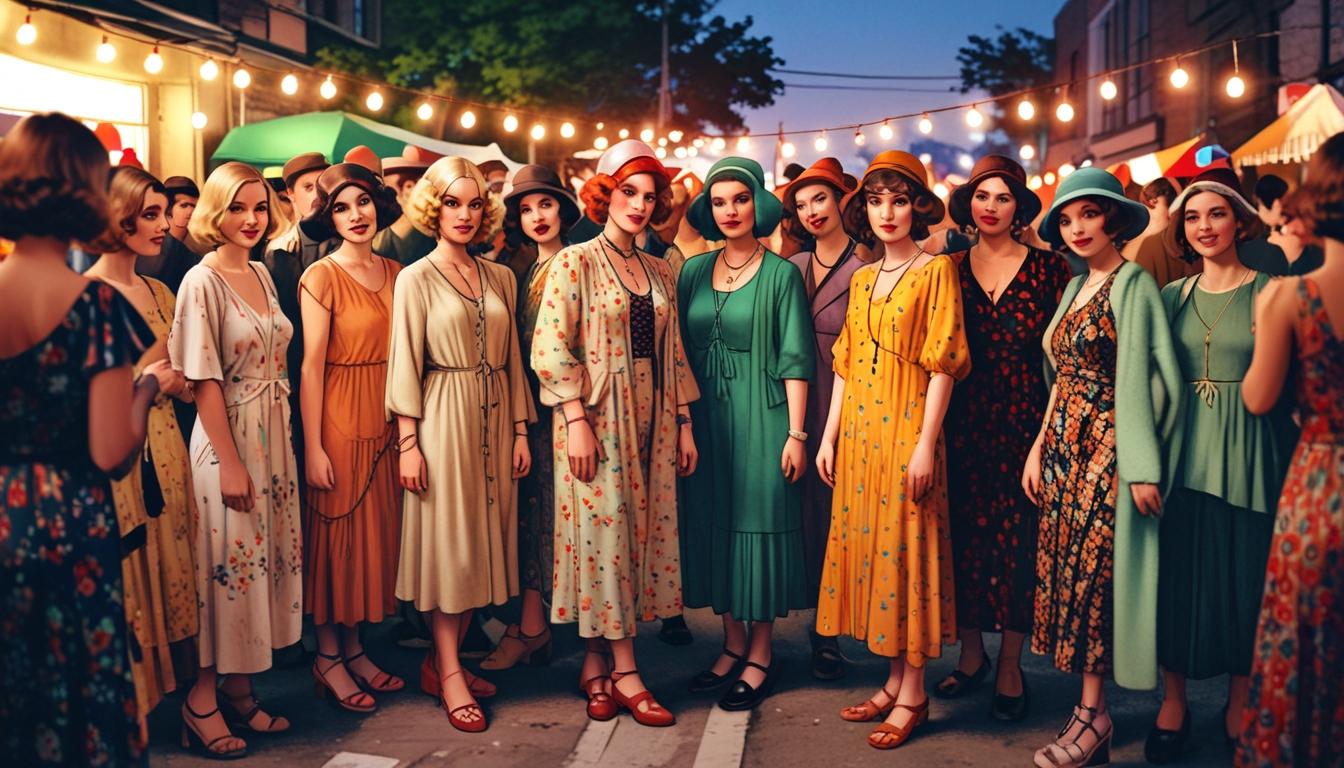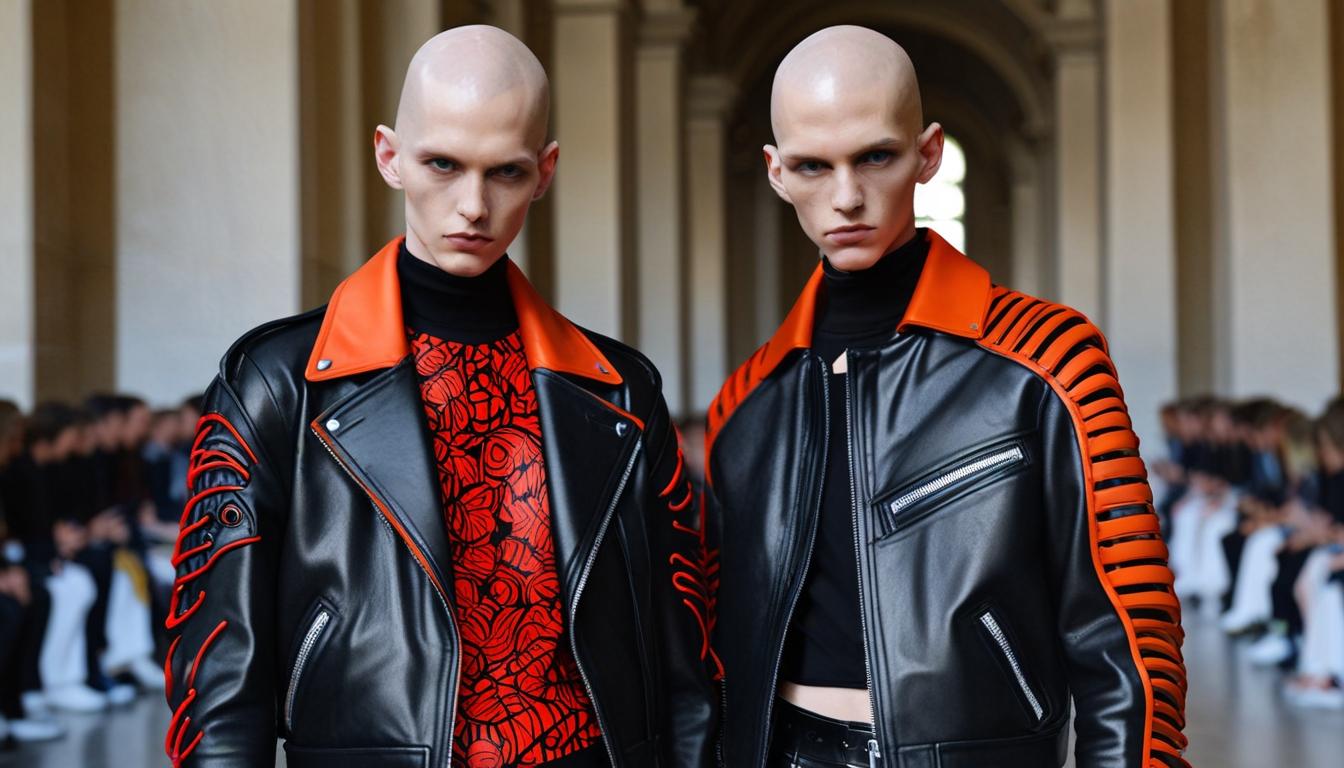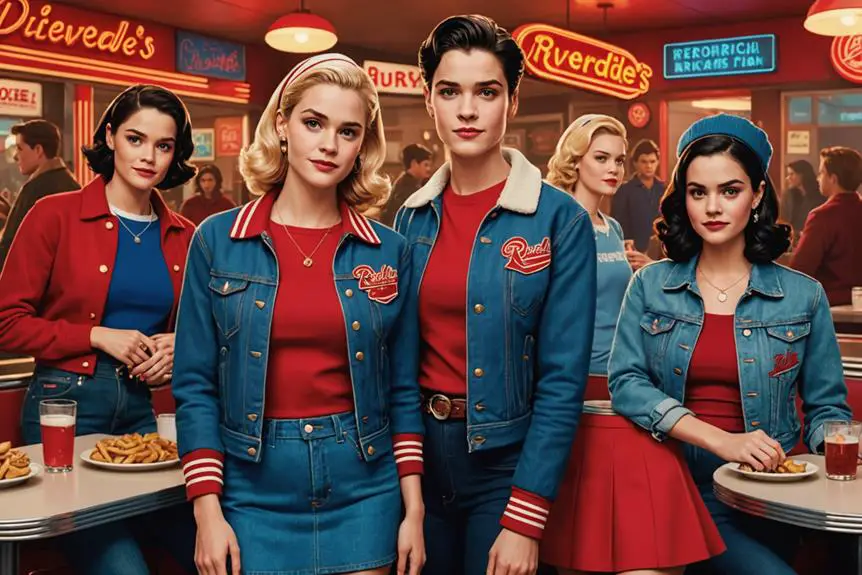Exploring the transformation of vintage clothing from being dismissed to a celebrated trend, as highlighted by fashion historian Anne Hollander’s insights.
In the world of fashion, a notable evolution has taken place that bridges past styles with contemporary desires. The artistic observations made by renowned fashion historian Anne Hollander in her 1979 essay for Vogue, titled “Boom…In Vintage Clothes,” have come to illustrate a significant cultural transformation in how society views old garments. At that time, Hollander observed a mindset where outdated fashion was often dismissed, relegated to costume events or characterized as “quaint.” She noted how stylish women would shy away from wearing clothing that bore the marks of previous decades, stating, “For clothes, going out of date used to be an irreversible process.”
As she detailed in her essay, it was the combination of mass production, Hollywood influence, and the power of imagery that helped preserve the style aesthetics of the 1920s through the 1950s. Hollander remarked, “We uniquely possess, intact, our ideal visual past,” suggesting that the camera’s lens helped keep these fashionable eras alive, fostering a desire for rediscovery among future generations.
Fast forward to 2025, and vintage fashion has transitioned from a niche interest into a widespread cultural phenomenon. Styles from notable designers such as Mugler, Alaïa, and Gaultier now grace the red carpets, representing a shared enthusiasm for past aesthetics across generations. Simultaneously, social media platforms like TikTok have created a new avenue for engagement, with users routinely showcasing thrifted finds such as Levi’s jeans and Dior saddle bags. This democratization of fashion, which Hollander anticipated, has moved vintage clothing from the realm of obscure boutiques and flea markets into the digital marketplace, paving the way for platforms like 1stDibs, Vestiaire Collective, and The RealReal.
The increasing appetite for vintage garments has led to significant shifts within the fashion retail landscape. One telling example is the recent closure of Didier Ludot’s iconic Palais Royal boutique in Paris, a notable center for vintage couture. This development signals both an end of an era and a reflection of the evolving global fashion market, which has rapidly adapted to meet a collective yearning for vintage styles.
Despite the surge in interest, the definition of what constitutes vintage fashion can often be misunderstood. The term is frequently interchanged with “archival” or “antique,” but important distinctions remain. According to the broadly accepted definition, vintage refers to clothing and accessories that are at least twenty years old but less than one hundred years old. Accordingly, this means that fashion from the 1920s to the early 2000s currently falls within the vintage category. The inclusion of Y2K styles, such as low-slung jeans and slinky slip dresses, marks a dynamic expansion of what is considered vintage.
As this cultural phenomenon continues to grow and redefine itself, understanding these subtleties becomes essential for navigating the fascinating intersection of history and contemporary taste in fashion. The narrative surrounding vintage clothes reflects not only changes in aesthetics but also evolving consumer habits and preferences in the fashion industry.
Source: Noah Wire Services




